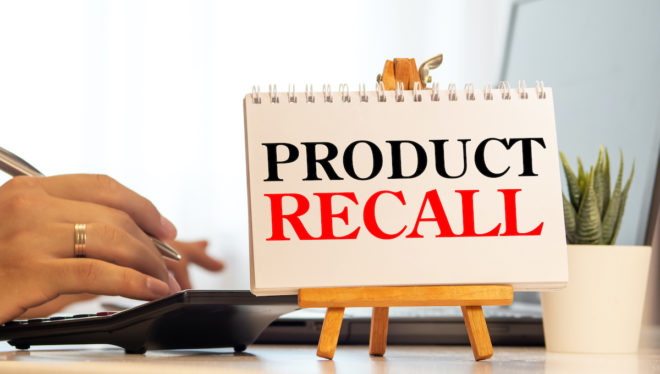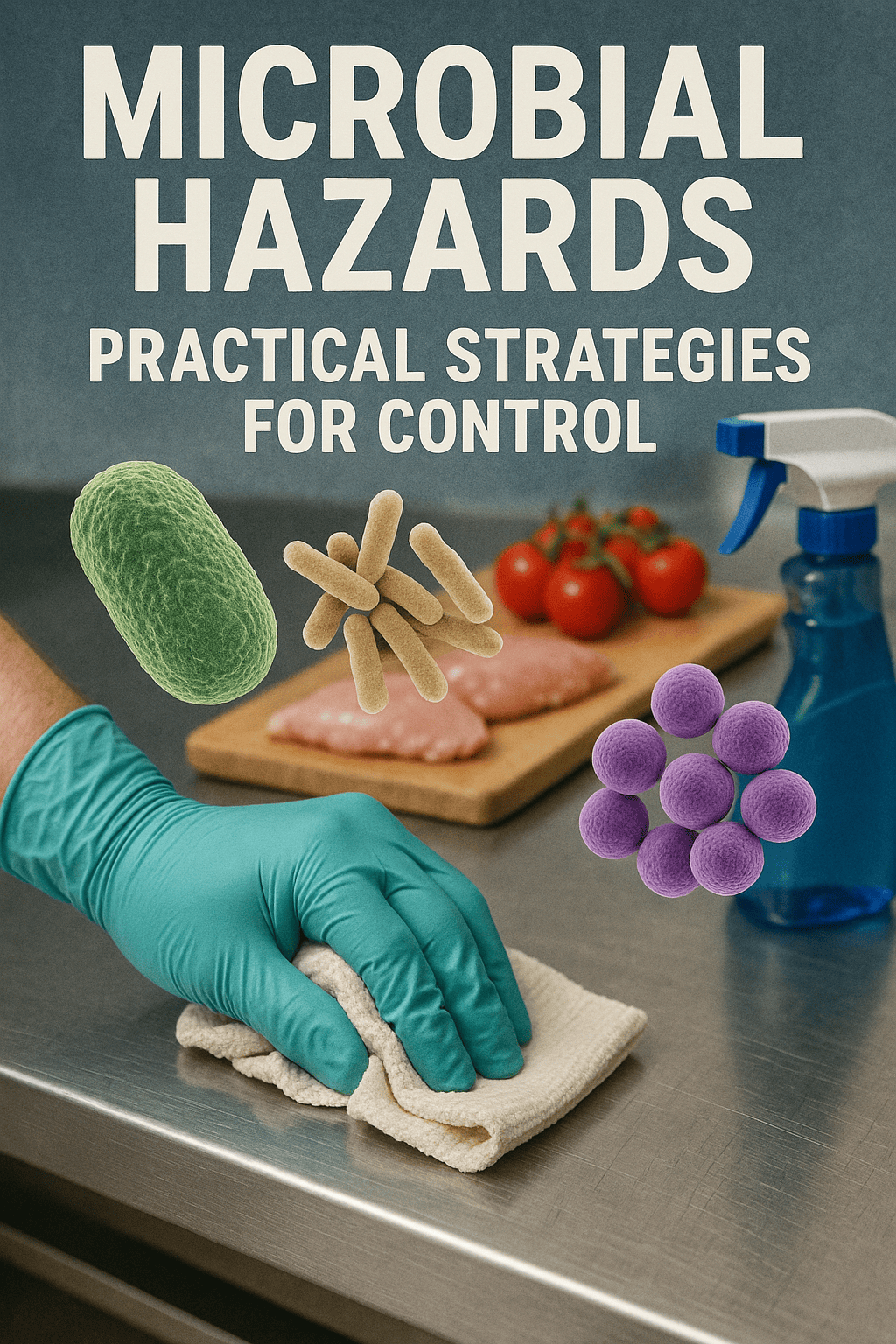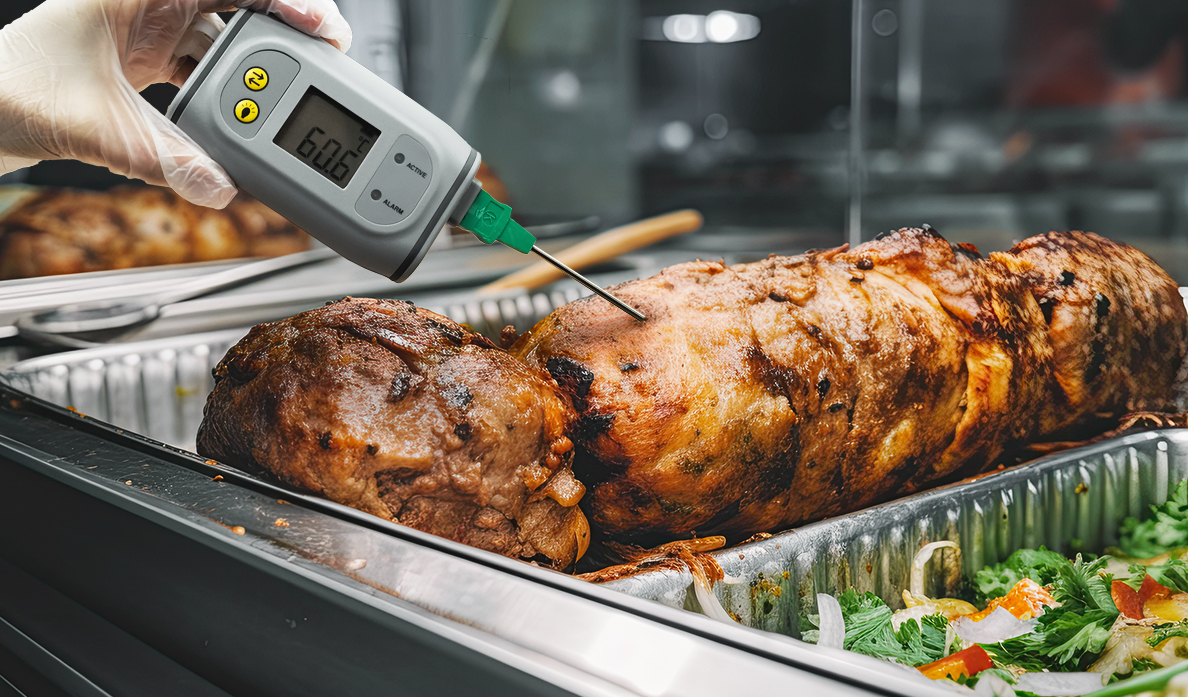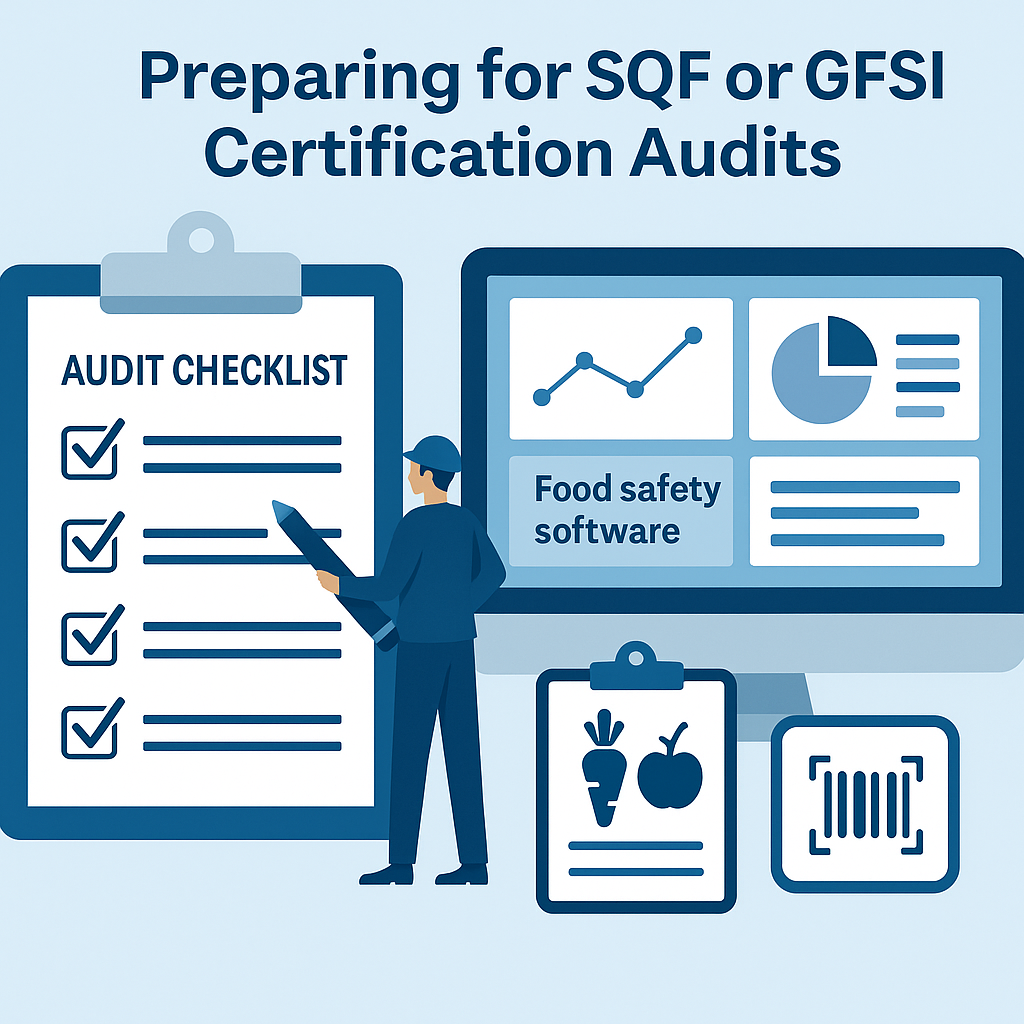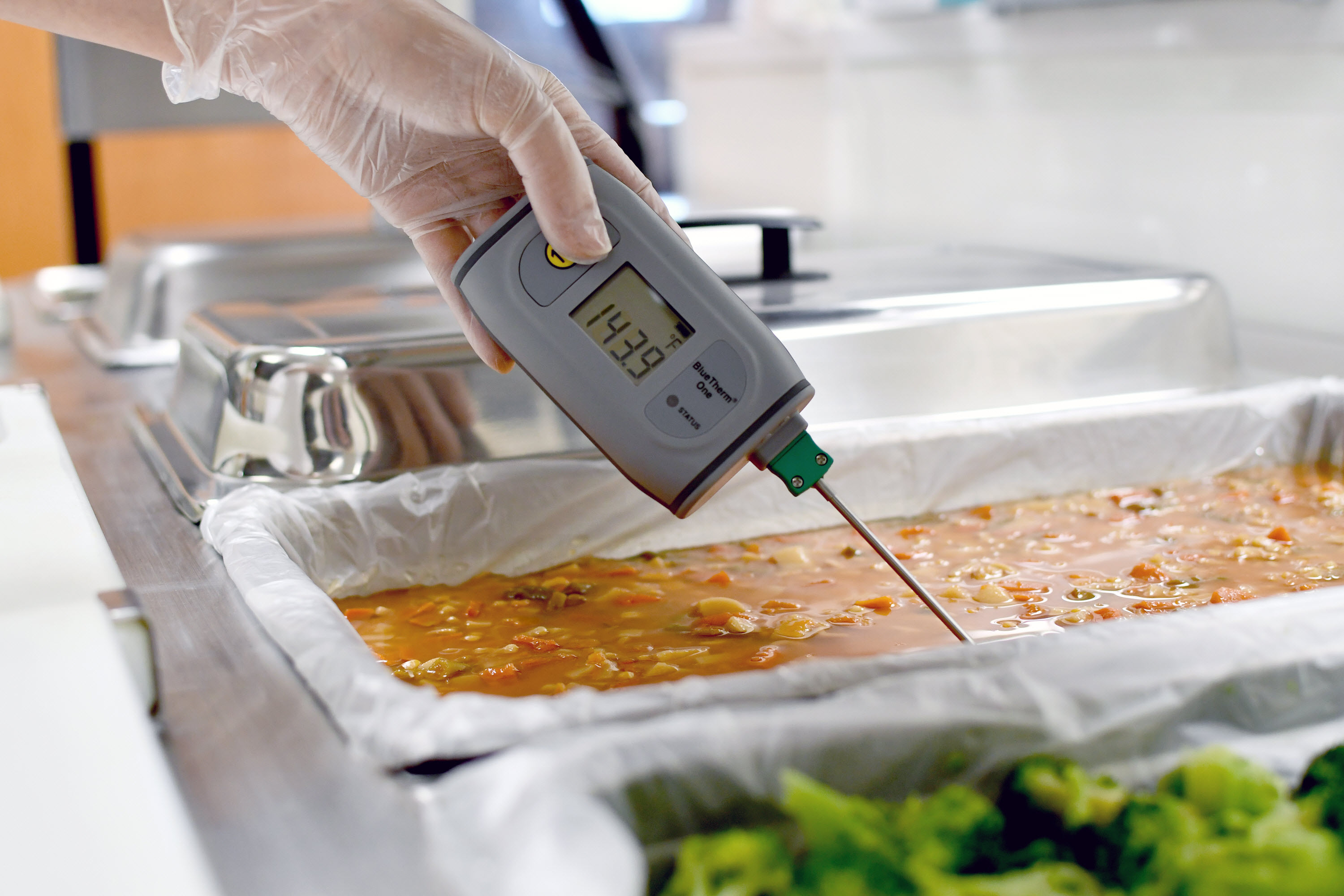A Practical Guide for Food Safety Leaders and Decision-Makers
Recalls happen. No matter how well-run your operations are, the unexpected can and will arise—from a supplier issue to a labeling error or a distribution misstep. When it does, how your team responds can make or break your brand, your customer relationships, and even your license to operate.
And yet, many food businesses still rely on loosely written SOPs, scattered spreadsheets, or reactive guesswork when the stakes are highest.
In this article, I’ll walk you through what it actually takes to build a strong, reliable, and audit-ready recall and withdrawal program. Whether you run a facility, oversee QA, or lead a multi-site food business, these steps will help you tighten your risk controls and act fast when needed.
We’ll also look at how tools like food traceability software can drastically reduce your response time—and your stress—when a recall is triggered.
First, Let’s Get Clear: What’s a Recall vs. a Withdrawal?
-
A recall is when a product must be removed from the market due to a health risk—like allergens not declared on the label, contamination, or regulatory non-compliance.
-
A withdrawal is when you remove a product for quality reasons—maybe the wrong packaging was used, or the best-before date was printed incorrectly.
They may sound similar, but the procedures and regulatory expectations differ. A recall typically requires involvement from CFIA or FDA, along with public notices. A withdrawal might stay internal, but still demands structure and speed.
Why This Matters More Than Ever
Here’s the reality:
Even a single misstep—like a mislabeled allergen or a pathogen detected post-distribution—can escalate fast. And when it does, you’ll be judged not only on the incident itself, but on how well you managed it.
A solid recall and withdrawal program can:
-
Protect your brand and your bottom line
-
Avoid regulatory penalties or shutdowns
-
Maintain buyer and distributor trust
-
And—most importantly—safeguard public health
But beyond that, it shows leadership. It tells your team, your clients, and the regulators: We’re prepared. We take this seriously.
7 Key Steps to Building a Strong Program
Let’s break this down into real, actionable steps. This isn’t just theory—it’s what we help companies do every day at NORMEX.
1. Write a Clear, Usable Plan
Start with a formal recall and withdrawal plan. Not a generic template, but a living document customized to your business. It should cover:
-
Who’s on your recall team and what each person does
-
How to determine whether it’s a recall or withdrawal
-
Classification of severity (e.g., Class I, II, III)
-
How and when to notify regulators
-
How to handle communication with distributors, retailers, and (if needed) the public
Tip: Keep it short, focused, and actionable. Your team should be able to grab this doc in a crisis and follow it step by step.
2. Make Traceability Non-Negotiable
You can’t recall what you can’t trace. Every product should be fully traceable from raw material to finished good to customer.
If you're still doing this manually or across disconnected systems, you’re not ready.
This is where food traceability software is a game-changer. With a platform like NORMEX, your team can:
-
Instantly locate which lots went where and when
-
Trace forward (distribution) and backward (ingredients)
-
Generate reports for regulators in minutes
It’s not about fancy tech—it’s about being fast, accurate, and calm under pressure.
3. Run Realistic Mock Recalls
Your recall plan is just theory until you test it. Set aside time at least once a year for a mock recall. The goal: simulate a real scenario, and see how your team performs.
Pick a batch, pretend there’s an issue, and go through the steps:
-
How fast can you trace it?
-
Do you know who received it?
-
Can you pull it from shelves if needed?
-
How do you notify internal and external stakeholders?
Benchmark: The best teams can trace and contain an affected product within 2 hours.
4. Have Communication Templates Ready
In a real recall, time matters—but so does tone. Your team shouldn’t be scrambling to write emails or public notices from scratch.
Prepare templates in advance for:
-
Distributor and customer letters
-
Regulatory reports (CFIA/FDA)
-
Media/public statements
-
Internal alerts
Each message should clearly state: product name, lot code, issue, risk level, what to do next, and who to contact.
5. Embed It Into Operations
Don’t let your recall plan live in a binder. Make it part of your actual workflow.
-
Train warehouse and shipping staff to isolate affected lots quickly.
-
Integrate traceability into your ERP or inventory systems.
-
Use barcoding, batch codes, and digitized logs.
-
Align QA, ops, customer service, and logistics in the same playbook.
Example: A ready-to-eat salad company using NORMEX had a distributor report a mislabel. Within 20 minutes, they had pulled up the affected lots, issued a withdrawal notice, and sent instructions to 14 stores. No panic. No guesswork.
6. Train Your Team—And Retrain Them
When a recall hits, your team’s instinct matters. Everyone from QA to shipping should know:
-
What signs might trigger a recall
-
Who to notify
-
Where to find the SOP
-
How to access the traceability system
Reinforce it during onboarding, and include a recall simulation in your annual training calendar.
Pro tip: Turn real industry case studies into mini-drills during team meetings. It keeps the content fresh and practical.
7. Review and Improve
Whether it’s a real event or a mock, don’t stop once it’s “done.” Always ask:
-
What went well?
-
What slowed us down?
-
Did we miss any contacts or documentation?
-
Is our traceability system up to date?
Use these insights to improve your plan, update your training, and refine your tools.
Digital Tools Make the Difference
If you're still relying on paper logs, spreadsheets, or disconnected systems, your recall process will be slow and painful.
A strong recall program needs a centralized, digital backbone. That’s where platforms like NORMEX come in.
We help food businesses:
-
Trace every ingredient and shipment—automatically
-
Flag affected products in seconds
-
Keep audit-ready records for compliance
-
Trigger alerts and notifications in real-time
Want to see how it works in your environment?
👉 Request a personalized demo here
Final Thoughts: Be Ready Before You Need To Be
Recalls are stressful. But being unprepared? That’s even worse.
Building a strong recall and withdrawal program is not just a compliance exercise—it’s a leadership move. It protects your business, your customers, and your team. And in an industry where trust is everything, it shows that you're not just reacting—you're ready.
Start by documenting a clear plan. Make traceability rock-solid. Test it regularly. And let technology do the heavy lifting when the moment comes.
Don’t wait for a recall to find out where your gaps are. Fill them now.
If you'd like to talk through what a customized recall program could look like for your team—or see how NORMEX can support you—schedule a demo here. No pressure, just a practical conversation.

